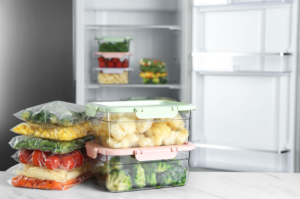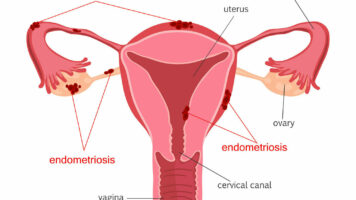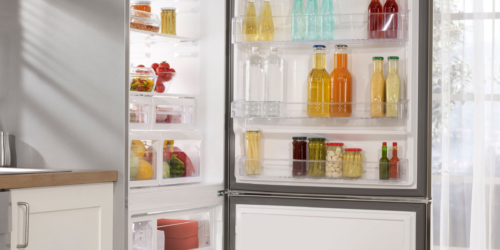Are you one of those who overcooks to have ready some meals or dinners of the week? On many occasions it is difficult to cook every day and having the tupperware made is of great help. However, knowing how to properly store food is especially important if you also have a DAO deficiency.
A correct conservation of cooked food is essential to maintain food safety in order. Food, due to the content of nutrients, water and pH that they present, turns out to be the ideal environment to promote that, if any microorganism arrives in it, it can begin to reproduce at high speeds. As the microbiological alteration progresses, the organoleptic characteristics of the product (smell, color, texture and flavor) may be modified. However, even if these changes are not detected, ingesting the contaminated food may pose an avoidable risk to the health of the consumer.
In addition to the possible pathogens which can grow, histamine is a molecule that is especially important in this context when there is a DAO deficiency. This amine, naturally present in most foods, increases as the days go by if the product is not properly stored. It should be noted that protein foods, such as fish, sausages or cheeses, are those that contain a greater amount of histamine or other biogenic amines. For this reason, paying more attention to the latter will be essential.
One of the most recurring questions when starting a low-histamine diet is knowing how to store food. To preserve food safety, it is necessary to keep food in the fridge, always following durability standards and maintaining an adequate level of cleanliness. The refrigerator can be a source of contamination if the food is not properly organized, consequently reducing its useful life. In this way, we recommend ordering the different foods according to their durability, that is, from most to least perishable:
- Meat and fish: they are the most perishable, so they should be stored in the coldest area of the fridge. It is usually above the vegetable drawer or in its specific drawer.
- Dairy products and sausages: although they are foods that we normally do not include in our diet, they should be stored in the central part of the fridge, since they do not require very low temperatures.
- Food already cooked (leftovers): place them in the middle-high part of the fridge, in an airtight container. If you do not know when it will be consumed, it is better to keep them in the freezer.
- Eggs: in the upper part, since they do not need much cold. In the door it would not be the best option because the temperature fluctuations when opening and closing the door can affect the quality of the product.
- Fruits and vegetables: they will be distributed in the specific drawer indicated in the fridge. These drawers are usually prepared to maintain humidity, preventing them from drying out and, the best thing is to store them without plastic or packaging.
 But, what happens if the food we have in the fridge is not consumed immediately? Or… What we have to do if we overcook on the weekend to have the tupperwares made during the week? On the one hand, if the food we have in the fridge is going to be consumed after a few days, the best option is to freeze it, to prevent the amount of histamine from increasing. On the other hand, if we have just cooked the food, it is advisable to store it in airtight glass containers and let it cool at room temperature for a 2 hours maximum, since we probably do not have a blast chiller at home. Next, it is important to store them properly in the fridge if they are going to be consumed the next day or, otherwise, freeze them. In this way, maximum food safety is achieved, preventing the growth of pathogenic bacteria and the increase in the amounts of histamine.
But, what happens if the food we have in the fridge is not consumed immediately? Or… What we have to do if we overcook on the weekend to have the tupperwares made during the week? On the one hand, if the food we have in the fridge is going to be consumed after a few days, the best option is to freeze it, to prevent the amount of histamine from increasing. On the other hand, if we have just cooked the food, it is advisable to store it in airtight glass containers and let it cool at room temperature for a 2 hours maximum, since we probably do not have a blast chiller at home. Next, it is important to store them properly in the fridge if they are going to be consumed the next day or, otherwise, freeze them. In this way, maximum food safety is achieved, preventing the growth of pathogenic bacteria and the increase in the amounts of histamine.
If you want us to advise you in a personalized way, either in our Barcelona nutrition centre or by video conference from anywhere in the world, contact us and we will help you
Likewise, knowing how to defrost food correctly is another factor to take into account. The safest option is to take the tupperware out of the freezer the day before eating it and let it thaw in the fridge. If even so it does not fully defrost by the time of consumption, you can use the defrost function of the microwave. Conversely, letting food thaw at room temperature can pose a food risk, since the temperature of the food could be adequate for the proliferation of pathogenic bacteria and also the increase in histamine.






